Working to Build a Multicultural Classroom
A MiddleWeb Blog
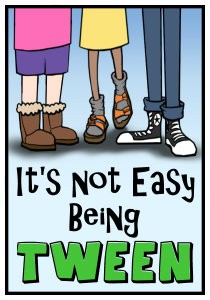
This election season, my social media feeds were more active than ever before. People had a lot of things to say to one another; some of it was helpful, and some was downright hurtful.
One thing’s for sure – there is work to be done in bringing people together. However, it is easy to feel powerless to make change. At these times, I am reminded of one of my favorite quotes from Edward Everett Hale:
I am only one; but still I am one. I cannot do everything; but still I can do something; and because I cannot do everything, I will not refuse to do the something that I can do.”
While I don’t control the world, what I can do is control my little part of it – my classroom. Creating a multicultural classroom is no simple feat. It involves a lot of time, effort, and thought. With every fiber of my being, I believe it is worth it.
Here’s why multiculturalism matters to me
I grew up in a working class neighborhood in a small town east of Toledo, OH. My parents both worked blue-collar jobs through much of my childhood, and my neighbors were a very diverse group in many ways.
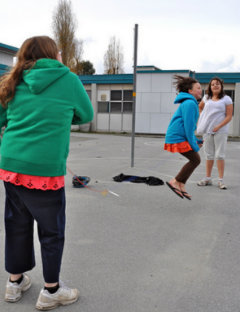
My mother was an immigrant who grew up in inner city Detroit; my father grew up raised by a single mother in the 1950s. They followed different religions, and they both grew up in poverty. They remain happily married 50 years later.
Many of my neighbors were migrant workers who came to work the farms of NW Ohio. Others were the children of African American factory workers. We all played together every day after school.
And I loved the classroom life. I began working with special education students while still in high school. I was lucky enough to attend the wonderfully diverse Eastern Michigan University and study special education.
I was bred to be a culturally responsive teacher, but I still had to educate myself how to do so effectively. Here’s how that came about.
► I examined my beliefs
During my first years of teaching, I worked in a wide variety of locations, from inner city, to rural, to institutional. What I learned was that I could easily offend someone unintentionally, and that there was a lot I didn’t truly know about other cultures. I have friends from all walks of life and I learned from them. I read countless books on the subject, and I went with my friends to their hometowns.
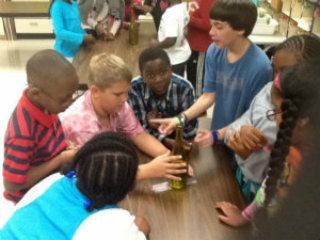
First, I attended the NCTE national conference where this year’s theme is “The Faces of Advocacy,” and I am taking part in a four-day inservice called Having Difficult Conversations about Race given by my friend, Dr. Jay Marks.
I have examined my own hidden biases and tested myself on the Cultural Proficiency Receptivity Scale. Happily, I was rated as highly culturally responsive, which was affirming.
I am doing the work and I feel confident that it benefits my students.
► I examined my classroom environment.
I looked at my room through the eyes of my students, especially those from marginalized or underrepresented groups. Would they see themselves there? I am lucky to teach English because it means I can bring in so many multicultural and diverse resources to share, display, and discuss.
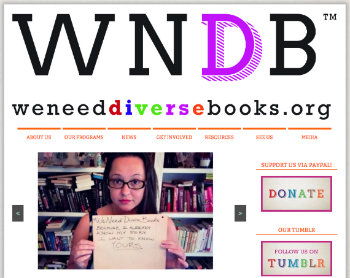
I am doing the work because I believe it benefits my students.
► I examined my teaching.
This was the toughest but the most rewarding work because I know it makes the biggest difference. I have been a teacher for over 20 years, yet this is an ongoing process because as I know better, I do better. Here are some things I make a conscious effort to do to help create a multicultural classroom:
✻ I make it a point to learn everyone’s name and to pronounce it correctly. When I was in high school, I was friends with an exchange student from Japan. My history teacher did not bother to learn how to pronounce her name and called her “Missy Naka-naka” all semester. I was stunned by that then, and thinking of it now still angers me all of these years later. I am always amazed at how many students express anger and hurt that some teachers don’t say their name correctly. What an easy fix! We even do a reflective writing assignment called “What’s in a Name?” after reading Sandra Cisneros’ My Name vignette and James Berry’s Isn’t My Name Magical. We share them and we talk.
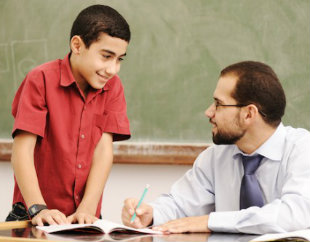
✻ I am willing to have the tough conversations. Many times I have sacrificed my own comfort zone to explore what the children wanted and needed to discuss. I look for teachable moments and capitalize on them. Just last week we were reading a novel where the character reflects upon how the Native Americans in the Badlands must have felt in viewing Mt. Rushmore, and it led to a student-prompted discussion about the protests against the Dakota Access Pipeline. Yes, they are only sixth graders – but they are listening and they have feelings to process about what they see and hear.
✻ I regularly examine our instructional materials for bias. Thankfully, this situation has gotten much better over time. I want my students to learn about the entire world and not just from one perspective.
✻ I teach using multicultural resources. Primary sources, diverse books, visual art, music, poetry, food, etc. have powerful effects on our students and their willingness to care about persons from another group. (The Kennedy Center’s Digital Resources Library is a favorite of mine.) I am careful that these do not become token celebrations where we just try something on for the day. I strive for a deeper understanding and appreciation of another culture.
✻ I have expanded my personal learning network through social media connections. This has made more difference to my teaching the last few years than anything I have ever done. If you have resisted social media, I urge you to reexamine its value when thoughtfully chosen with online communities of educators in mind. (One option to consider is the MiddleTalk facebook group.)
✻ I encourage my students to think critically about the world around them. I believe in their being analytical thinkers about the myriad information they are exposed to, and I help them make sense of it all.
✻ I teach so that every student in my class has the chance to learn. I will write more about this in future posts.
✻ I am doing the work because I believe it benefits my students.
Nothing is more important to me than that all the wonderful, diverse children in my classroom feel safe, respected, cared for, and valued. It starts with me. I am doing the something that I can do.































Great article!